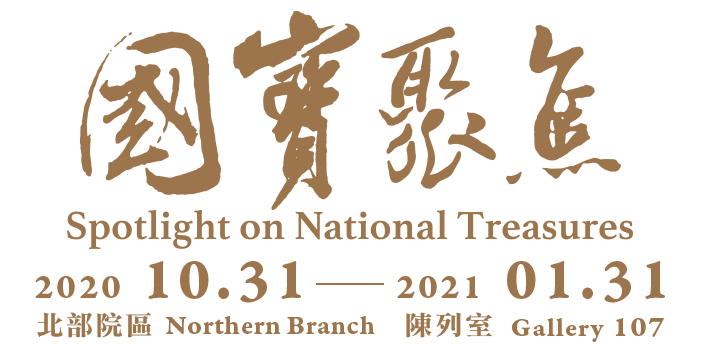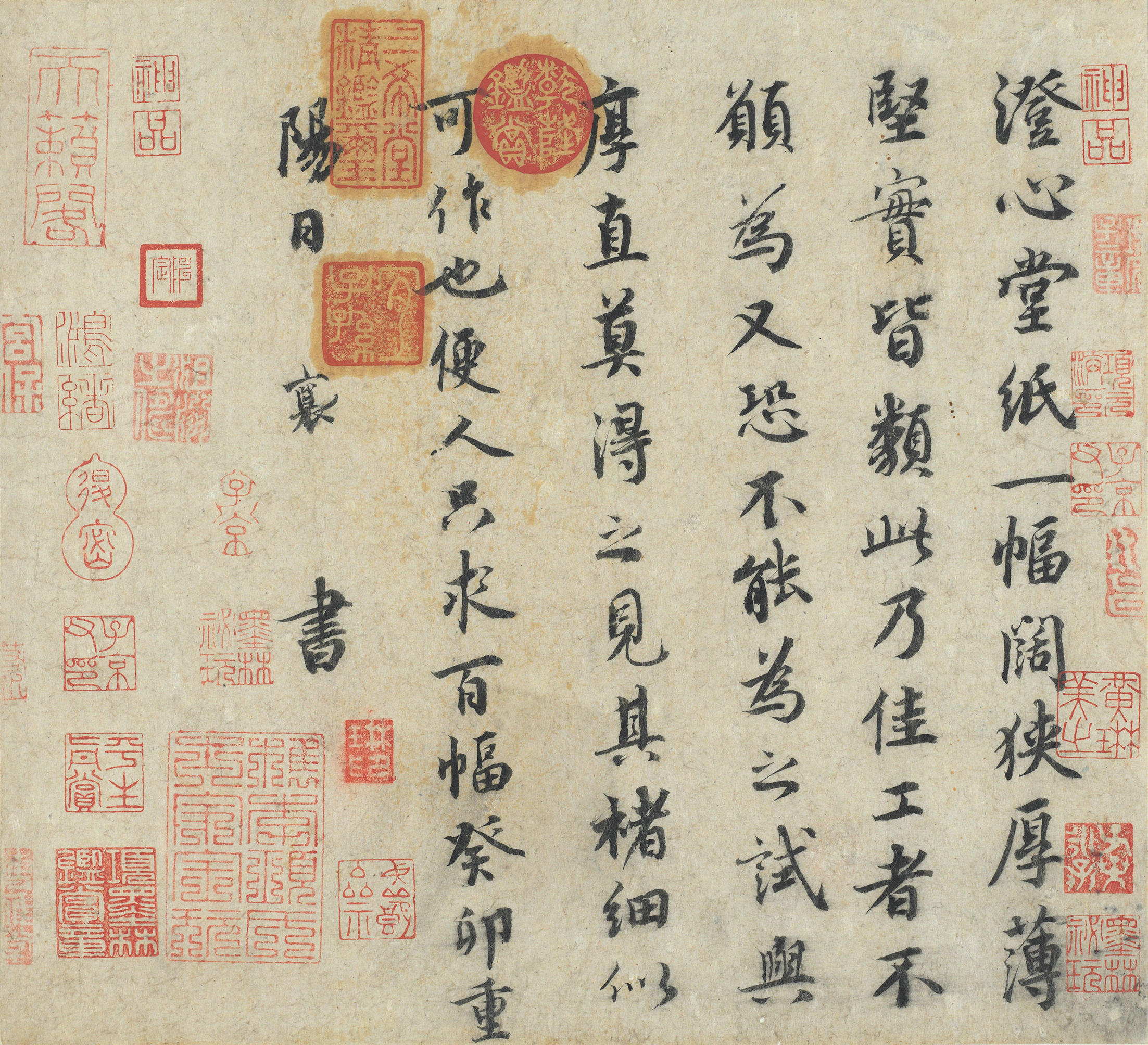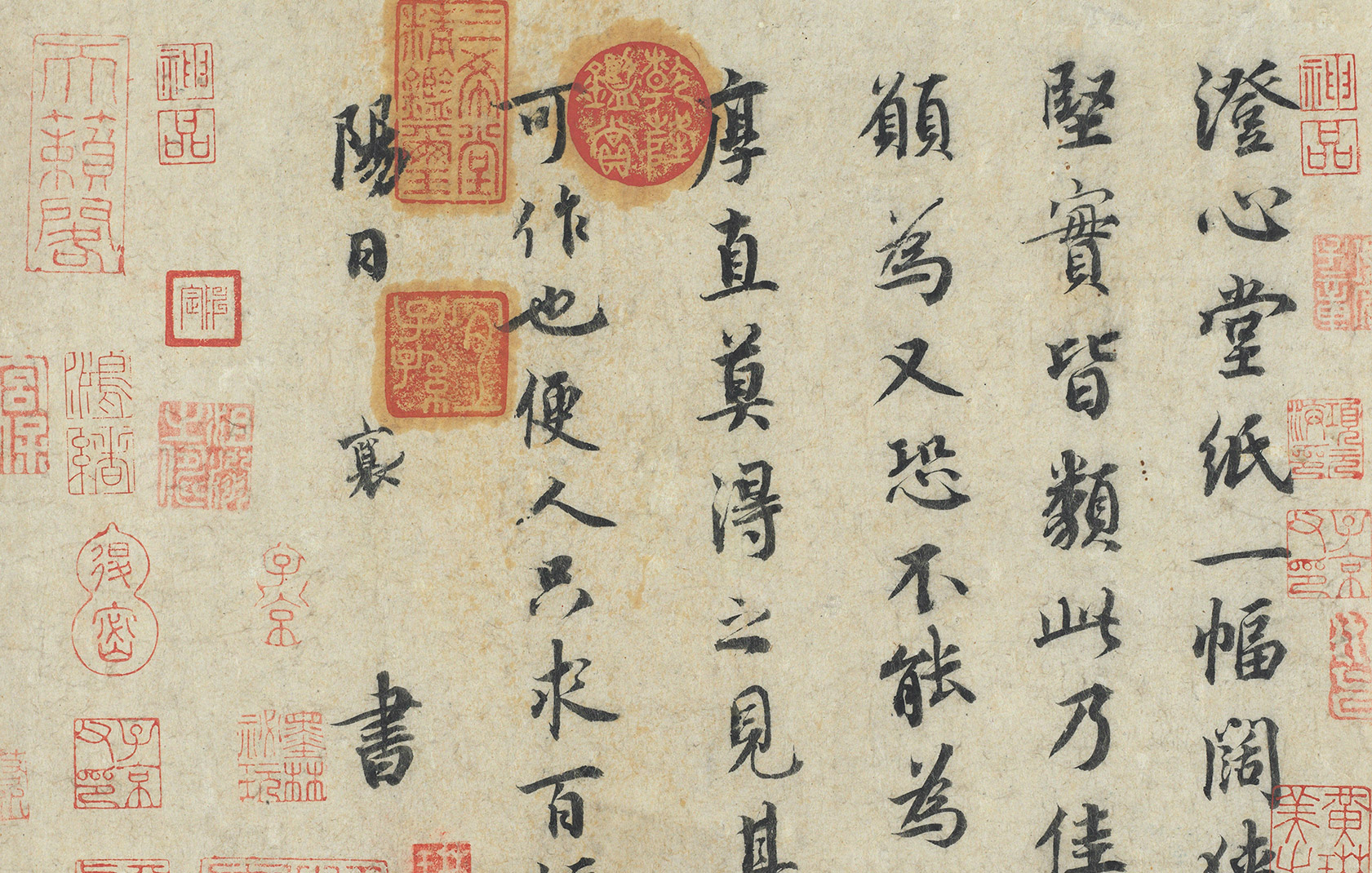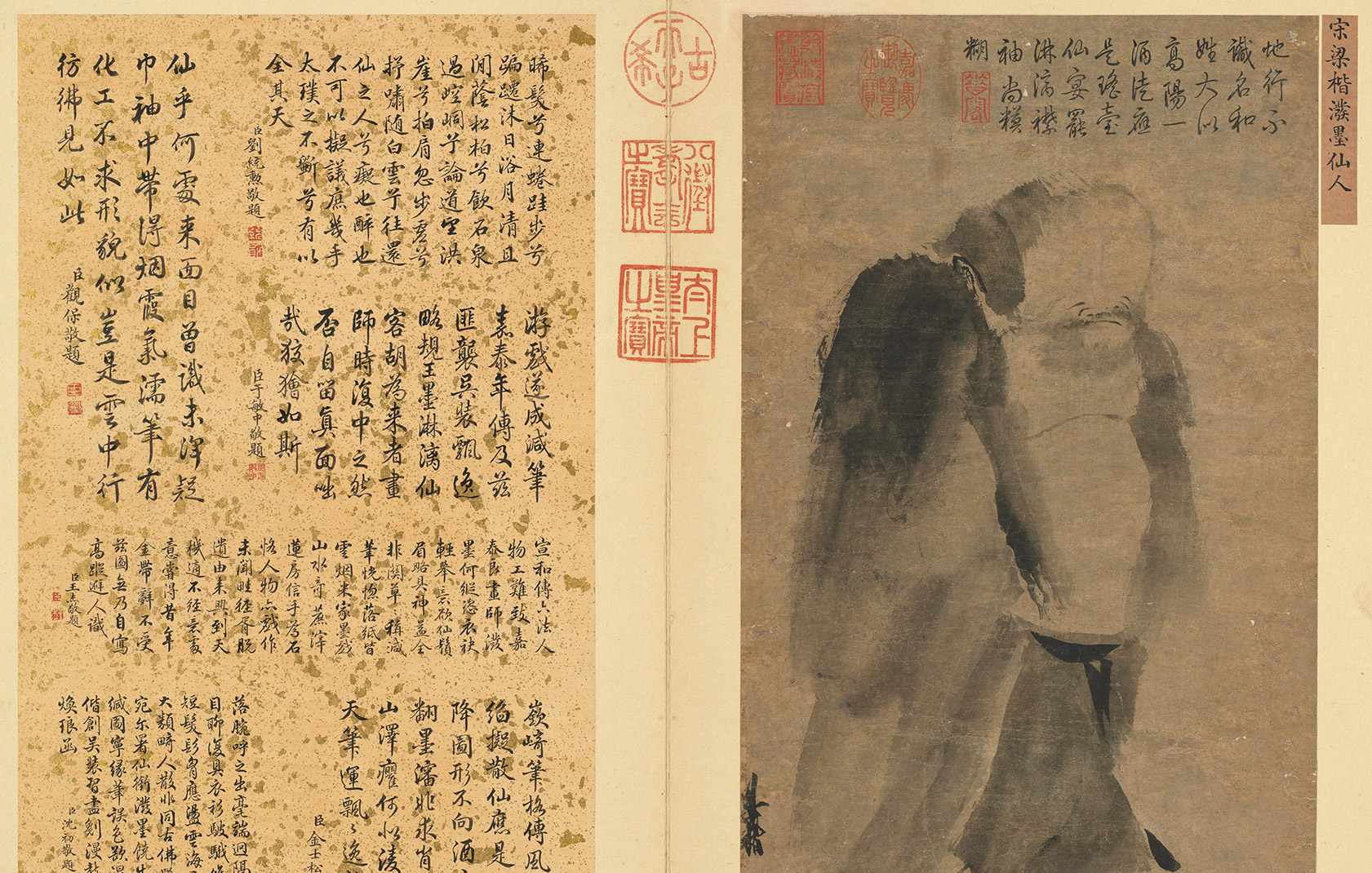Introduction
The works of painting and calligraphy in the National Palace Museum collection are categorized into three levels based on their artistic and other merits. Starting with the most important, these works are "National Treasures," "Significant Historic Artifacts (Significant Antiquities)," and "General Historic Artifacts (General Antiquities)." Since 2008, the Review Committee for Historic Artifacts at the Council for Cultural Affairs (predecessor of the Ministry of Culture) has worked in conjunction with the painting and calligraphy exhibitions at the National Palace Museum to conduct relevant inspections and written reports of the display items. Confirming the works ranked as "National Treasures" and "Significant Historic Artifacts," the results are thereafter made public. Consequently, the number of "National Treasures" has grown considerably over the years, the ones at the National Palace Museum far surpassing those at other institutions in Taiwan.
To present these findings and to promote further knowledge about the ranking of artworks at the National Palace Museum, Gallery 107 at its Main Building in Taipei is being set aside for special exhibitions of "Spotlight on National Treasures." In each rotation, two works of painting or calligraphy ranked as "National Treasures" are placed on display for approximately three months and changed at regular intervals. Should a work belong to the Museum category for "restricted display," however, the viewing period is limited to no more than 42 days.
All of these "national treasures" placed on display are exceptionally important works in the history of Chinese art. The goal of this spotlight exhibit on famous artworks is to promote a better understanding of painting and calligraphy with "National Treasure" status for visitors. In doing so, it hopefully reinforces the importance of conserving cultural heritage for the appreciation by future generations.
Selections
-
Letter
- Cai Xiang, Song dynasty
Cai Xiang (1012-1067), of Xianyou in Fujian province, had the style name Junmou.
The contents of this letter revolve around the search for a famed type of paper, called "Hall of Clarifying the Mind Paper." The calligraphy is an amalgam of xingshu and kaishu (running and regular scripts), while the brushwork and the structuring of the characters shows a blending of Yu Shinan (558-638) and Yan Zhenqing's (709-785) styles. According to legend, Hall of Clarifying the Mind Paper originated with artisans in Xuancheng, a county famous for paper production in present day Anhui province, upon orders of Emperor Li Bian (888-943) of the Southern Tang dynasty. A thin, glossy paper, its surface was said to be like an egg's membrane and its texture as firm and pure as jade. Cai Xiang once came into possession of one hundred sheets of this paper, which he cherished deeply, extolling: "Of paper, the best of all is King Li's Hall of Clarifying the Mind Paper!" -
Immortal in Splashed Ink
- Liang Kai, Song dynasty
Liang Kai, of Dongping in present day Shandong province, was a court painter during the Southern Song dynasty. Fond of drinking and merriment, he flaunted the strictures of rites and regulations and gave himself the nickname "Madman Liang."
Liang used a brush to outline the head and facial features of the Daoist immortal portrayed in this painting. However, he used the bold, unconstrained "splashed ink" method to create the washes that constitute the immortal's robes. Though minimalistic, Liang's brushwork still conveys the figure in its entirety. Qing dynasty emperor Qianlong, whose accompanying poem may be the source of the painting's title, describes the immortal as being tipsy following a banquet. But there is a differing interpretation, which holds that Liang intended to illustrate the "dissolute sage" ideal found in Zen (Chan) Buddhism. This painting's rich Zen aesthetic, and its sense of detachment from the world were widely appreciated by Buddhist monks and laypeople in Japan, where it made a deep impact on Zen painters.
Exhibit List
| Title | Artist | Period |
|---|---|---|
| Letter | Cai Xiang | Song dynasty |
| Immortal in Splashed Ink | Liang Kai | Song dynasty |





